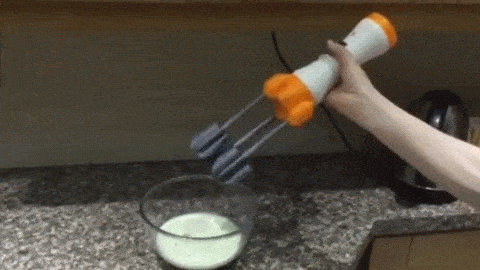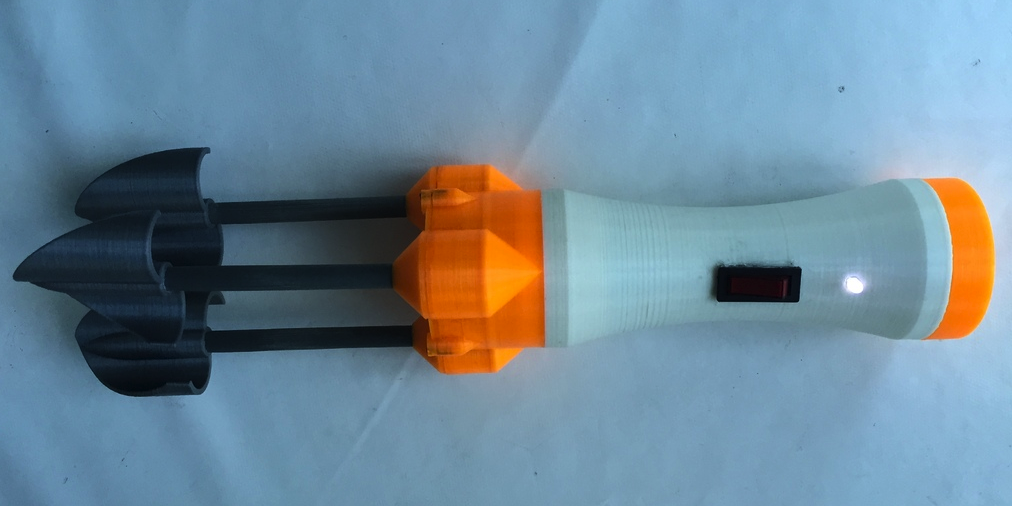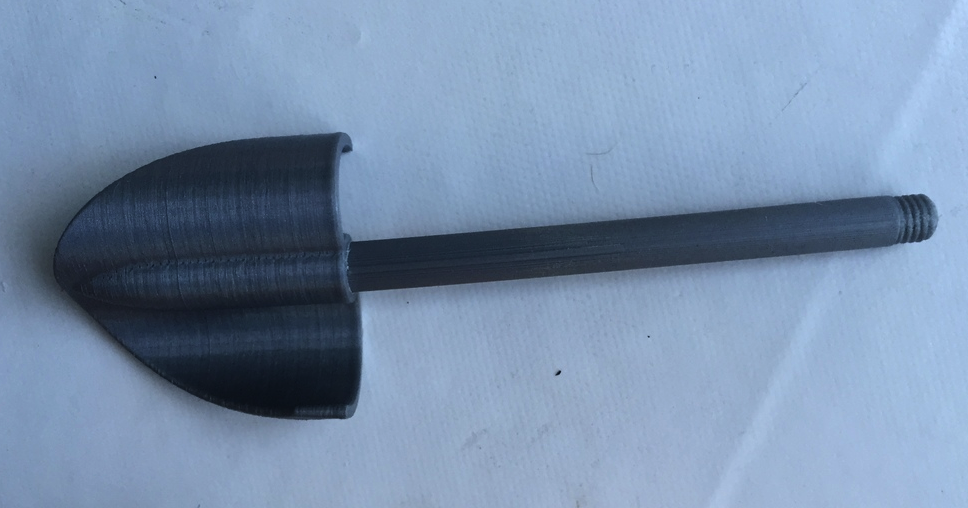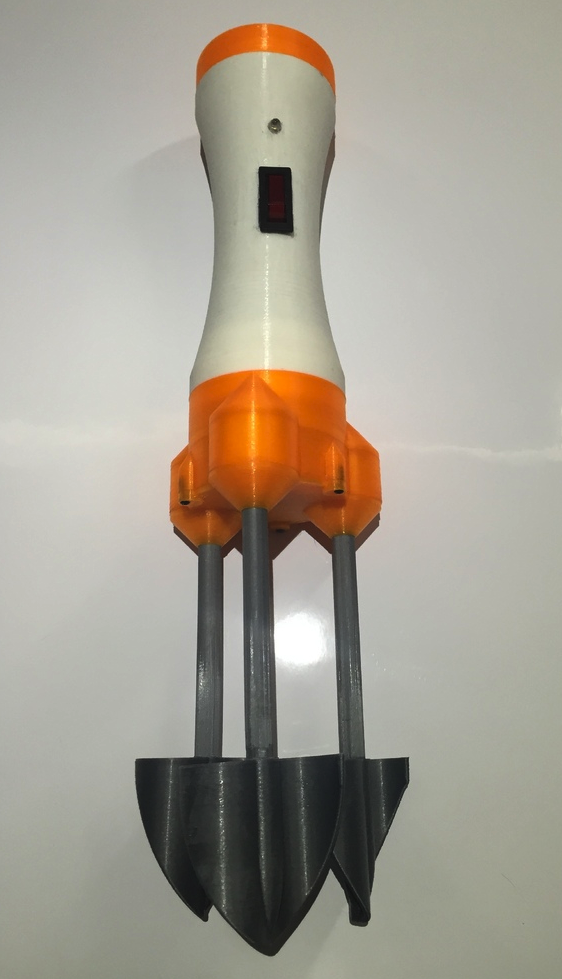 Over the past couple of years, we’ve really begun to see an expansion of open source 3D printable design available. If you turn the clock back just a few years, the majority of 3D printable objects available for free download were nothing more than useless doodads. Lately though, we’ve really started to see the 3D printing space mature to one which provides for functionality of printed products. Whether you need to screw a table together, drill a hole in a piece of wood, or even create a custom robot, there is probably a 3D printable tool or set of tools available for you to download and 3D print for free.
Over the past couple of years, we’ve really begun to see an expansion of open source 3D printable design available. If you turn the clock back just a few years, the majority of 3D printable objects available for free download were nothing more than useless doodads. Lately though, we’ve really started to see the 3D printing space mature to one which provides for functionality of printed products. Whether you need to screw a table together, drill a hole in a piece of wood, or even create a custom robot, there is probably a 3D printable tool or set of tools available for you to download and 3D print for free.
For one college student in the UK, named Tom Fothergill, 3D printing was the perfect solution for him to create a product that would allow him to use his knowledge of electrical and mechanical engineering. In doing so, Fothergill created a one-of-a-kind 3D printed electric whisk/mixer.
“I had some previous knowledge on gear systems and I wanted to incorporate this in my project,” Fothergill tells 3DPrint.com. “My mum does a lot cooking and I noticed that an electric whisk uses a gear system, thus I decided to try and make some improvement to the design.”
So Fothergill took a look into the currently available electric whisks that were on the market, and then tried to incorporate their best features into his own design, while improving upon the features which he thought were less than spectacular. He started by sketching out a lot of different designs which would be able to be fabricated on a 3D printer, and ended up settling on a design for a whisk that would utilize three separate blades. He thought that this 3-bladed design would improve upon the speed at which food could be mixed, when compared to more traditional 2-blade mixers.
“All of the individual pieces had to be designed separately, so that they all fit together correctly,” Fothergill tells us. “I designed the shape of the whisk around the electronics that needed to fit inside. All of the electronics were incorporated off a Cordless screw driver (Mac Allister 3.6 v). I wanted to make the product as ergonomic as possible by adding contours to the design where required, to contain the standard motor/electronics and be sturdy enough for use, given that it is all plastic.”
After using a CAD software called Solid Edge, he printed the 9 separate parts out on a Creatbot Fullscale 3D printer, all of which then needed to be assembled together, along with the electronics. It took approximately 58 total print hours to fabricate all of the needed parts, and everything other than the salvaged parts from the cordless screwdriver and a few bearings were 3D printed. The circuit that he used from the screwdriver consisted of a motor, LED lights, a switch, a charging port and a lithium battery.
“The product itself works very well at carrying out its function of mixing and stirring food ingredients together,” he tells us.
As you can see in the video below, Fothergill has no problem at all stirring eggs, flour and milk together using his device. The design files have been made available to download free of charge from Thingiverse. What do you think about Fothergill’s unique 3D printed electric whisk? Is this something you would consider printing yourself? Discuss in the 3D Printed Electric Whisk forum thread on 3DPB.com. Check out the video below.
Subscribe to Our Email Newsletter
Stay up-to-date on all the latest news from the 3D printing industry and receive information and offers from third party vendors.
Print Services
Upload your 3D Models and get them printed quickly and efficiently.
You May Also Like
Nikon SLM Solutions Sells SLM 500 to Primary Weapon Systems to Expand Suppressor Production
Primary Weapons Systems (PWS) is a Boise, Idaho-based manufacturer of suppressors, firearms, and related components. A subsidiary of Vigilant Gear and a sister company to aftermarket Glock slide manufacturer Lone...
3DPOD 261: Tooling and Cooling for AM with Jason Murphy, NXC MFG
Jason Murphy´s NXC MFG (Next Chapter Manufacturing) is not a generalist service; instead, the company specializes in making tooling. Using LPBF and binder jet, the company produces some of the...
HP and Firestorm Labs Form Partnership to Use Multi Jet Fusion 3D Printers in Deployable Factories
HP Inc., maker of a range of additive manufacturing (AM) solutions including the Multi Jet Fusion (MJF) ecosystem, has announced a partnership with Firestorm Labs, a developer of containerized, deployable...
3D Printing News Briefs, July 2, 2025: Copper Alloys, Defense Manufacturing, & More
We’re starting off with metals in today’s 3D Printing News Briefs, as Farsoon has unveiled a large-scale AM solution for copper alloys, and Meltio used its wire-laser metal solution to...



































